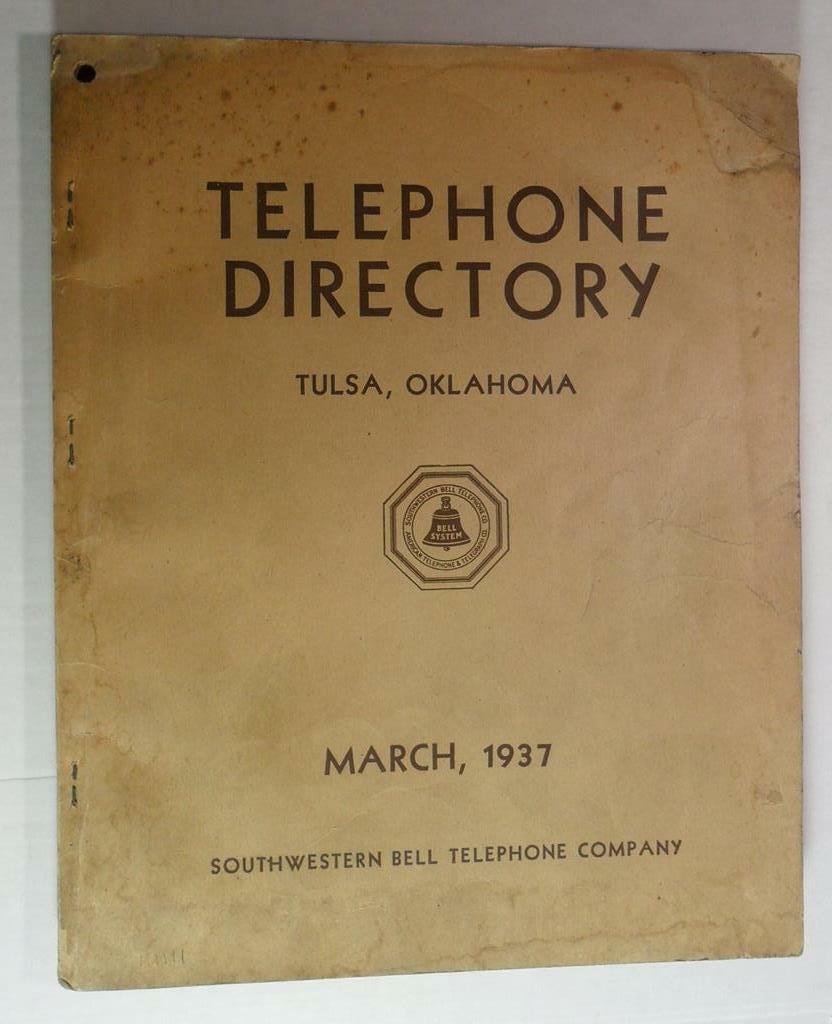
Skylines and Cigar Smoke: The Rise, Fall, and Rebirth of Tulsa’s Most Storied Club
The Tulsa Club Building, once the heartbeat of high society in downtown Tulsa, embodies the city’s rise during the oil boom and its commitment to architectural excellence. Designed in 1927 by Bruce Goff, the structure is a standout example of Zigzag Art Deco style, featuring ornate stonework, a rooftop Sky Terrace, and lavish interior amenities. After decades of abandonment and decay, the building was fully restored and reopened in 2019 as the Tulsa Club Hotel. Its transformation from exclusive social club to modern boutique hotel illustrates the power of preservation and adaptive reuse in revitalizing historic urban landmarks.

Bridging Eras: Tulsa’s Southwestern Bell Main Dial Building and the Architecture of Modern Communication
Historic 1924 Southwestern Bell Main Dial Building in Tulsa, OK—Florentine Revival base with 1930 Art Deco addition marking telecom modernization.

Bruce Goff: A Visionary Architect Who Shaped Tulsa's Art Deco Legacy
Bruce Goff, a bold innovator in American architecture, played a key role in defining Tulsa’s Art Deco identity. From his early designs to his lasting influence on the city’s skyline, Goff’s visionary work helped shape Tulsa into one of the nation’s most distinctive architectural destinations.

